What is a self -cleaning cat toilet and how does it work?
If you have a cat, you know that cleaning the litter box isn't exactly the highlight of your day. Constantly scooping, sifting, and removing the mess can be tiresome and unpleasant. What if there was a better, more efficient method? That's where self-cleaning litter boxes come in.

What is a self-cleaning litter box?
Self-cleaning litter boxes are essentially automated versions of traditional litter boxes. Instead of manually removing waste, the device takes care of this task automatically. This means less work, less odor, and less waste.

How does a self-cleaning litter box work?
Most self-cleaning litter boxes have sensors that detect when your cat has left the litter box. After a certain amount of time, during which the waste has accumulated, a mechanism is activated that moves the waste into a separate container. Here are the general steps:
![]() Sensors: They detect when a cat enters and exits the litter box. Some systems also have weight sensors to ensure that cleaning doesn't begin while the cat is still in the litter box.
Sensors: They detect when a cat enters and exits the litter box. Some systems also have weight sensors to ensure that cleaning doesn't begin while the cat is still in the litter box.
![]() Time delay: After the cat has left the litter box, the system waits a few minutes for the feces to settle.
Time delay: After the cat has left the litter box, the system waits a few minutes for the feces to settle.
![]() Cleaning mechanismDepending on the toilet's design, this can include a rake, a sieve, or a rotating platform. It collects the clumped feces and transports them to a waste container.
Cleaning mechanismDepending on the toilet's design, this can include a rake, a sieve, or a rotating platform. It collects the clumped feces and transports them to a waste container.
![]() waste bin: This is usually a sealed area to minimize odors. Many models have a lid or flap that allows the bin to be easily removed and emptied without contact with the waste.
waste bin: This is usually a sealed area to minimize odors. Many models have a lid or flap that allows the bin to be easily removed and emptied without contact with the waste.
![]() emptying: From time to time the waste containers must be emptied, the system cleaned and, if necessary, fresh cat litter refilled.
emptying: From time to time the waste containers must be emptied, the system cleaned and, if necessary, fresh cat litter refilled.


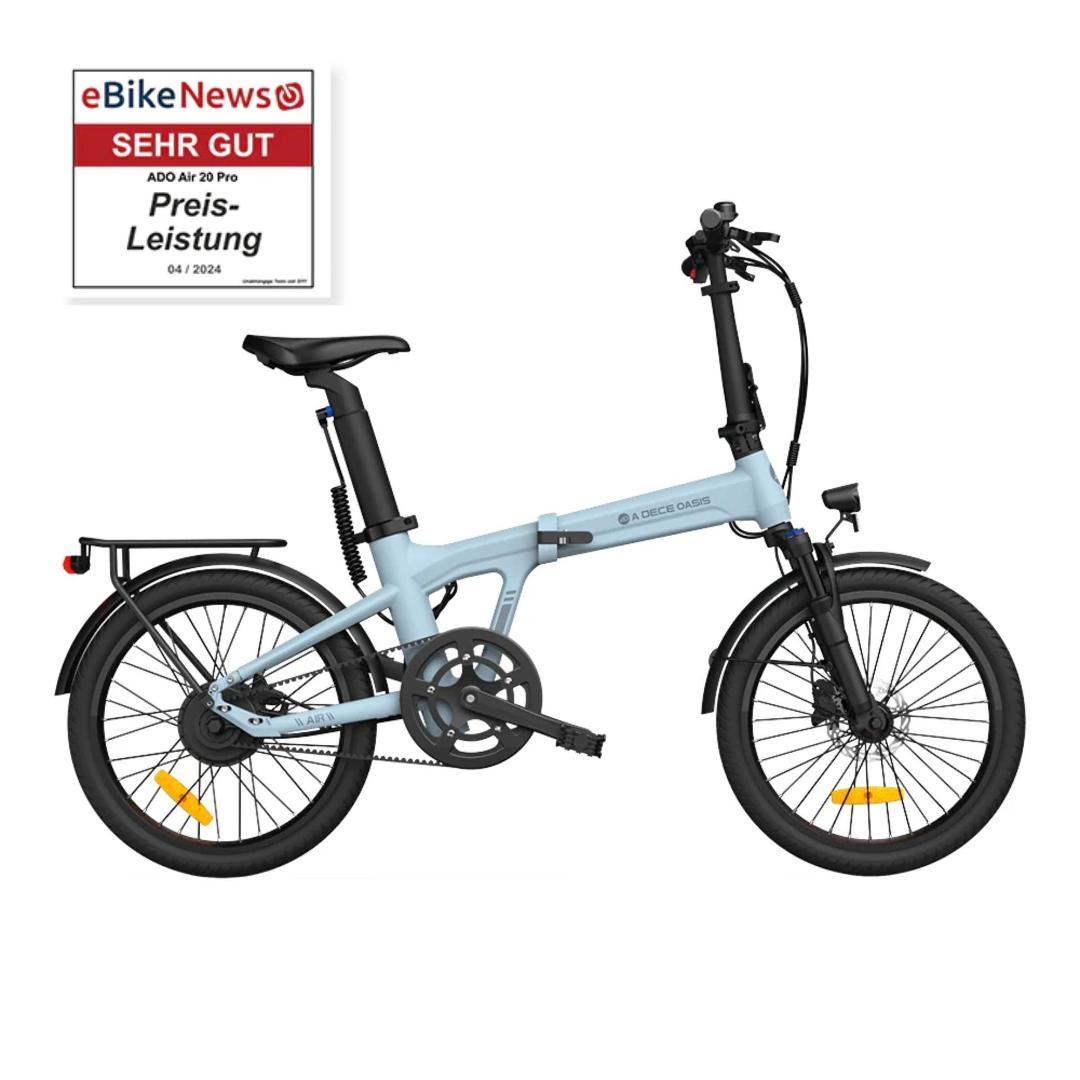
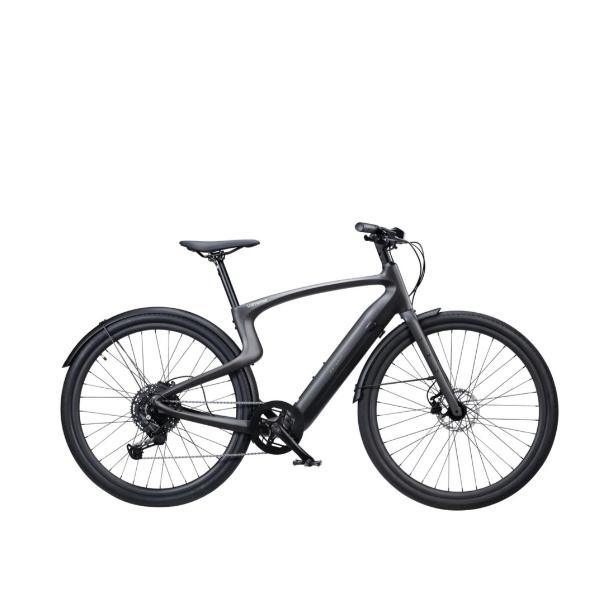
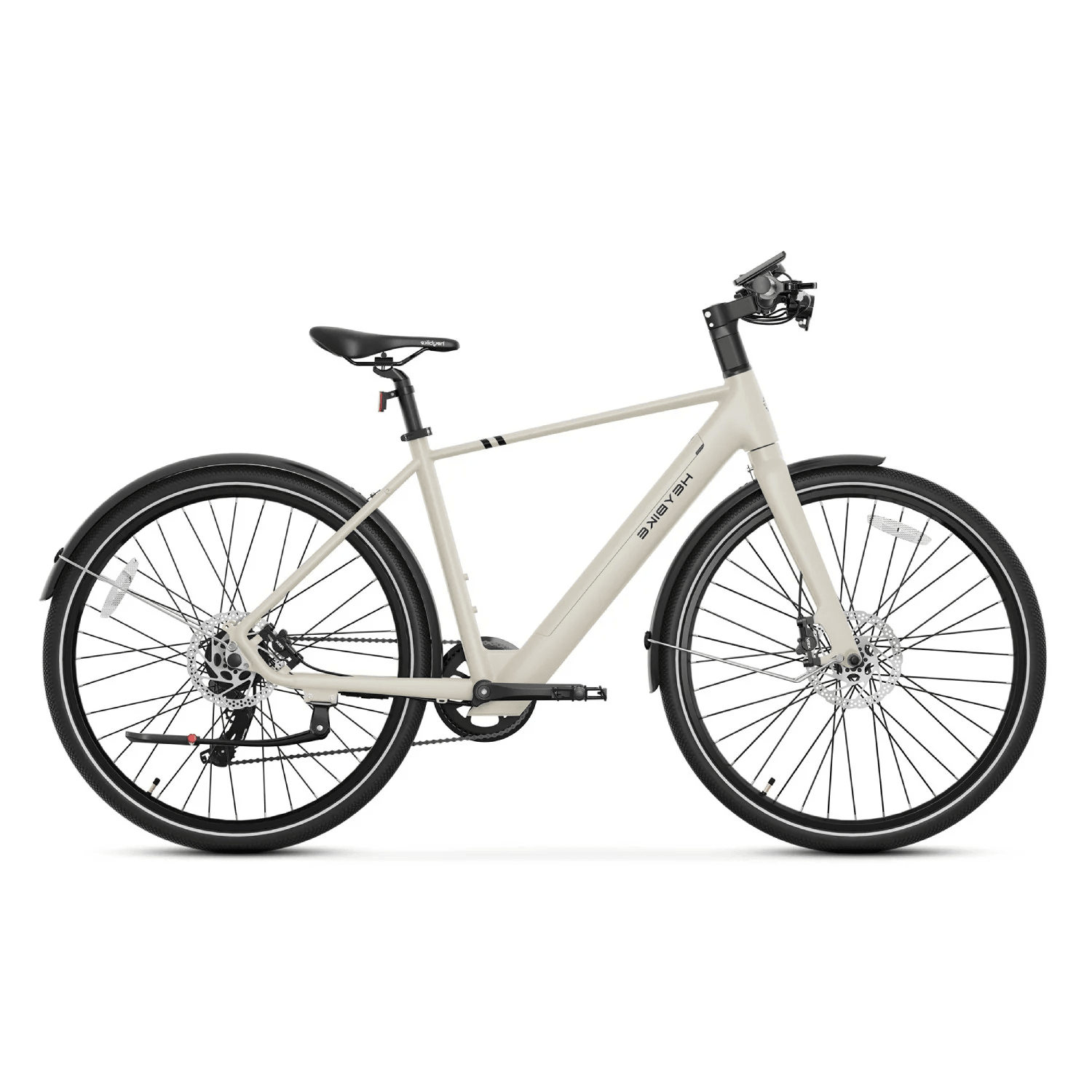
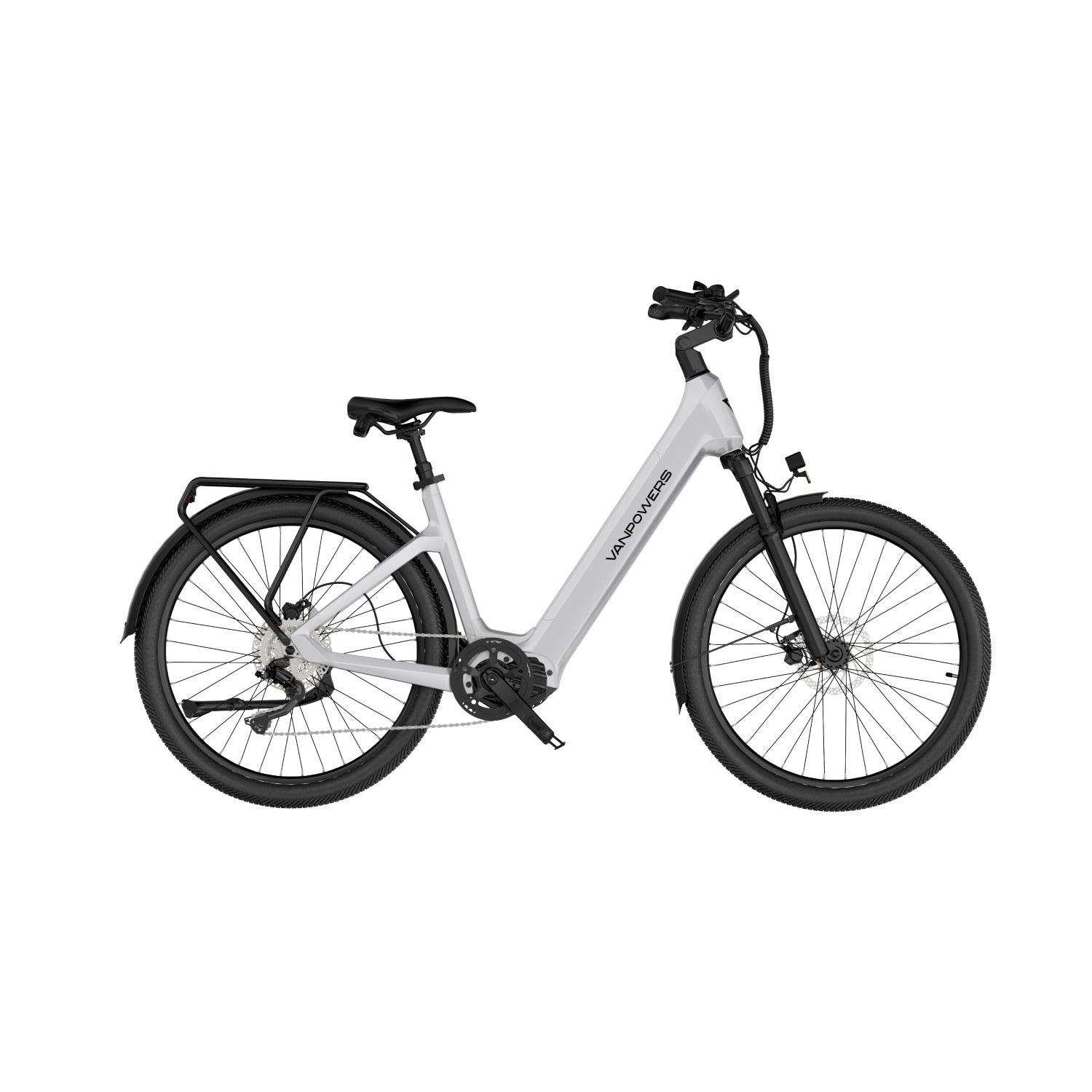
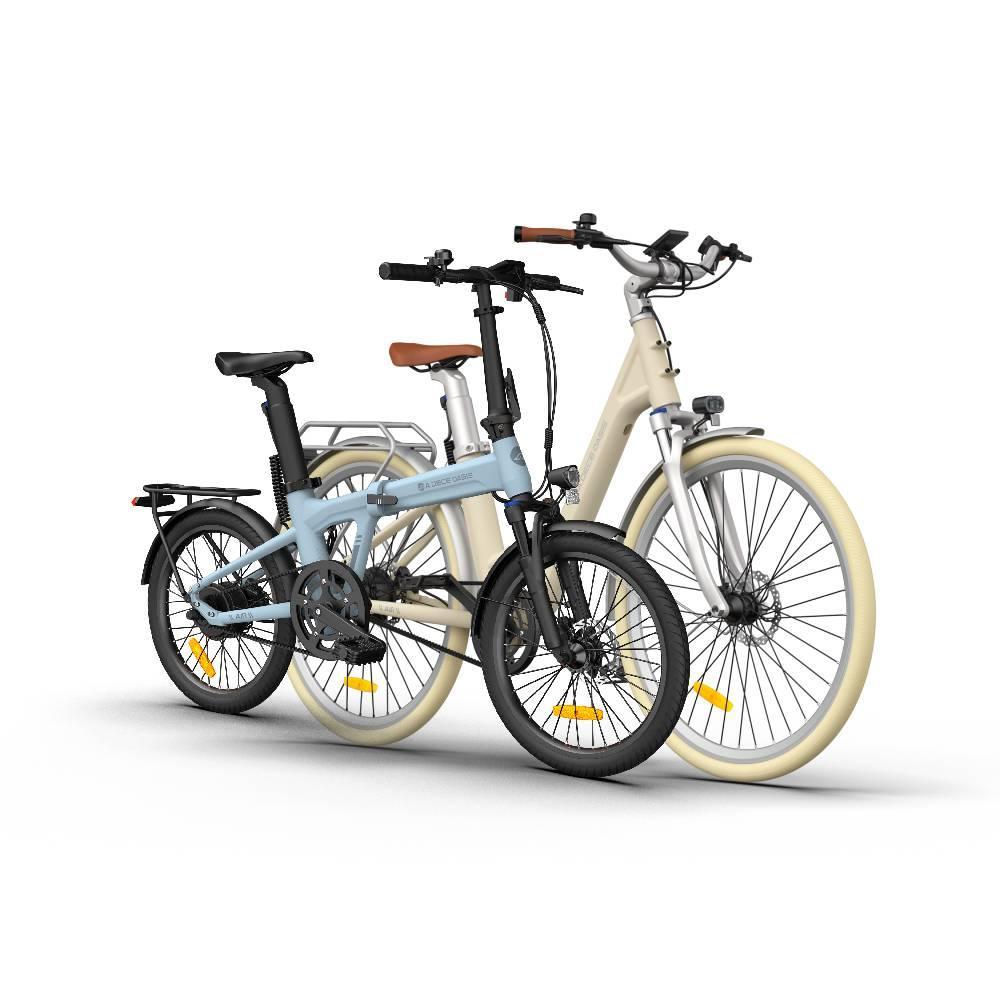
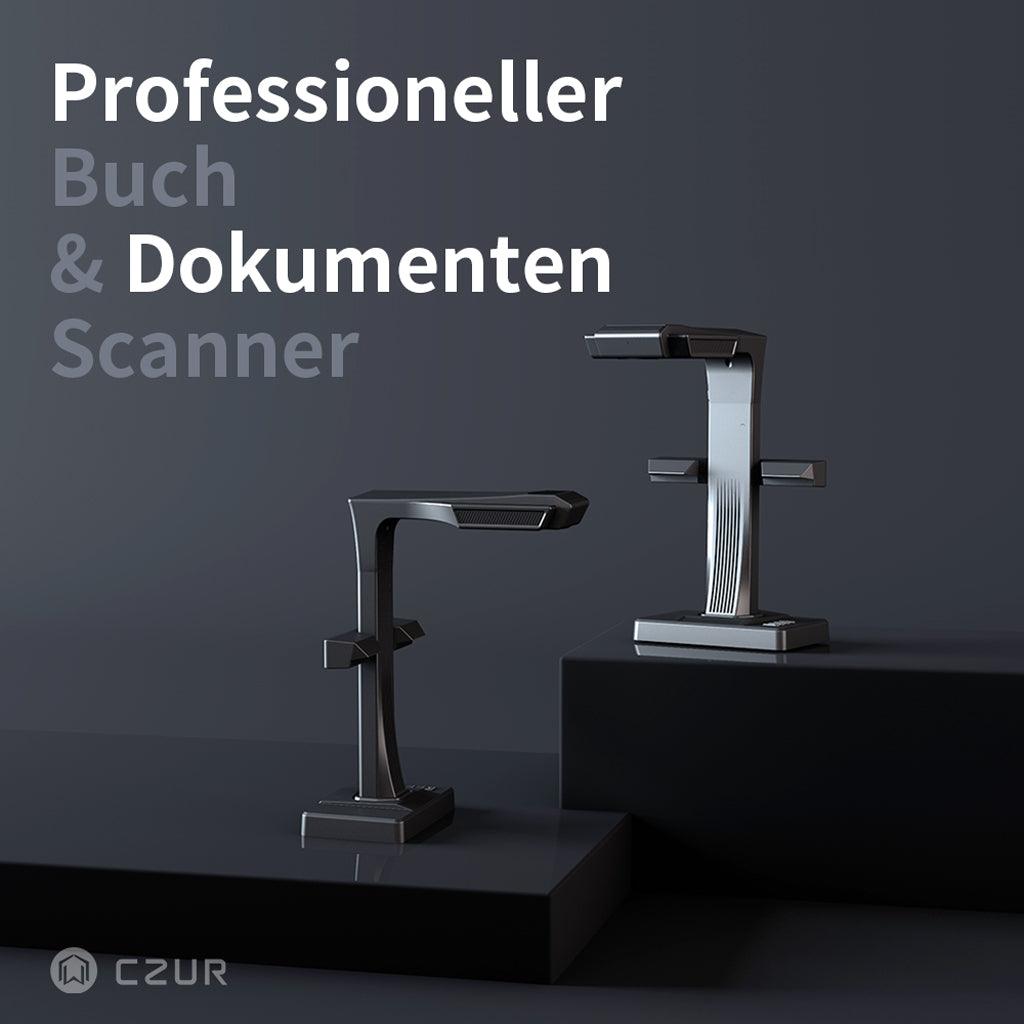

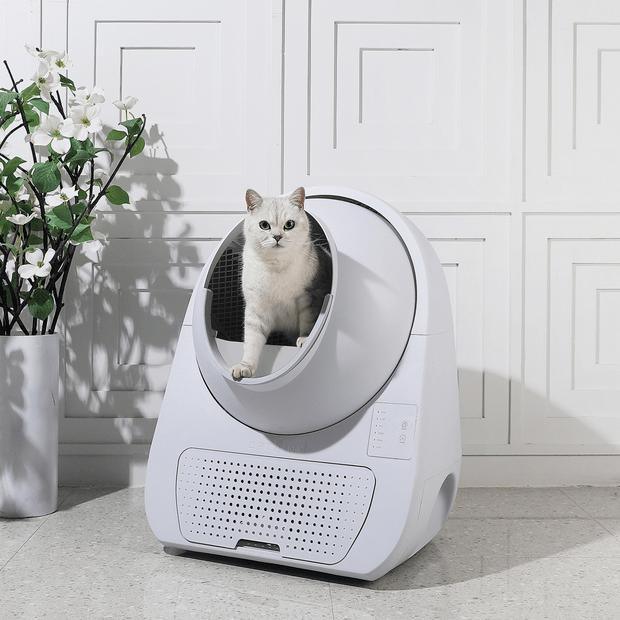
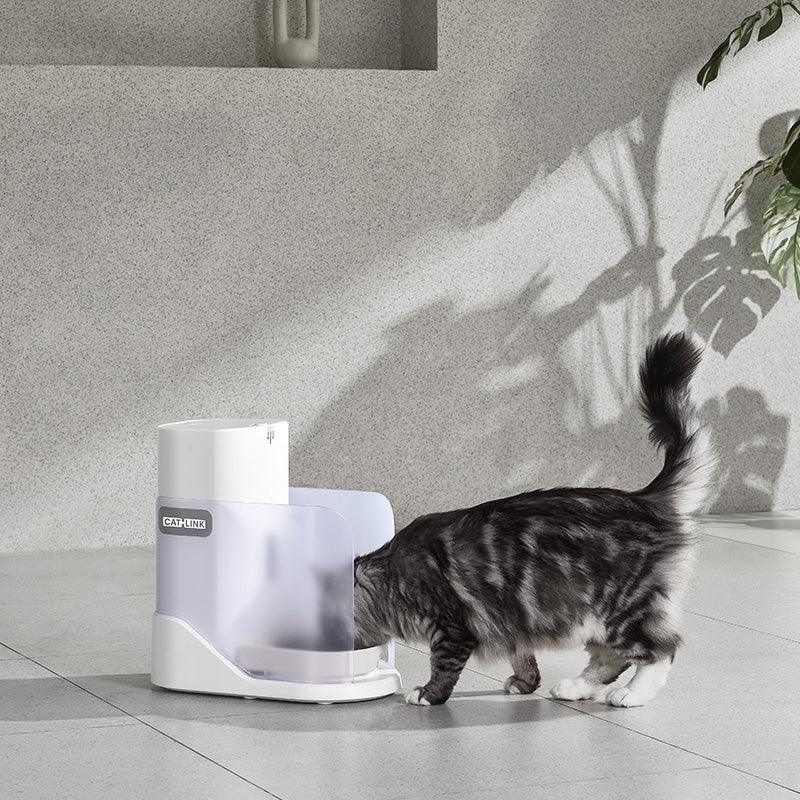
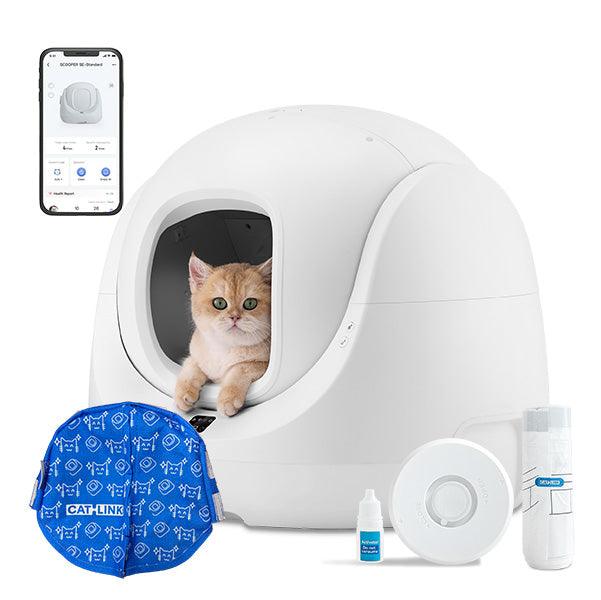
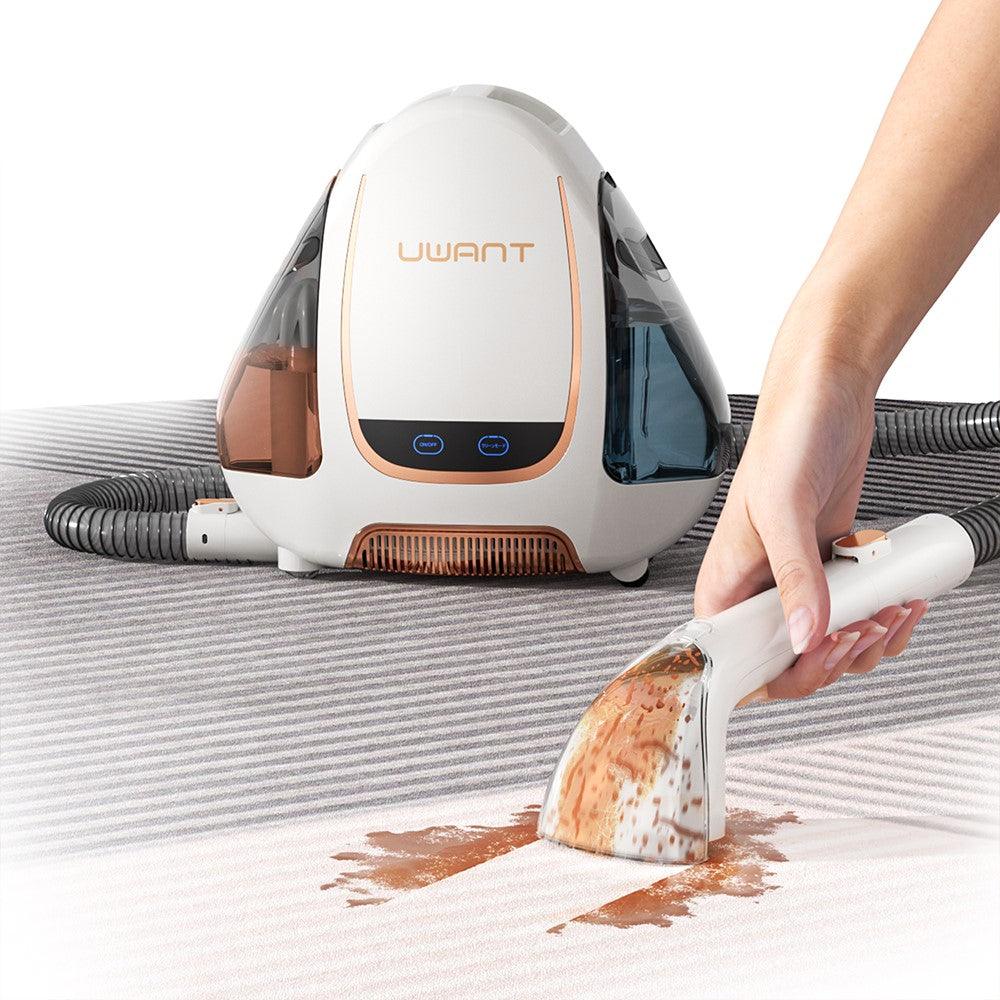
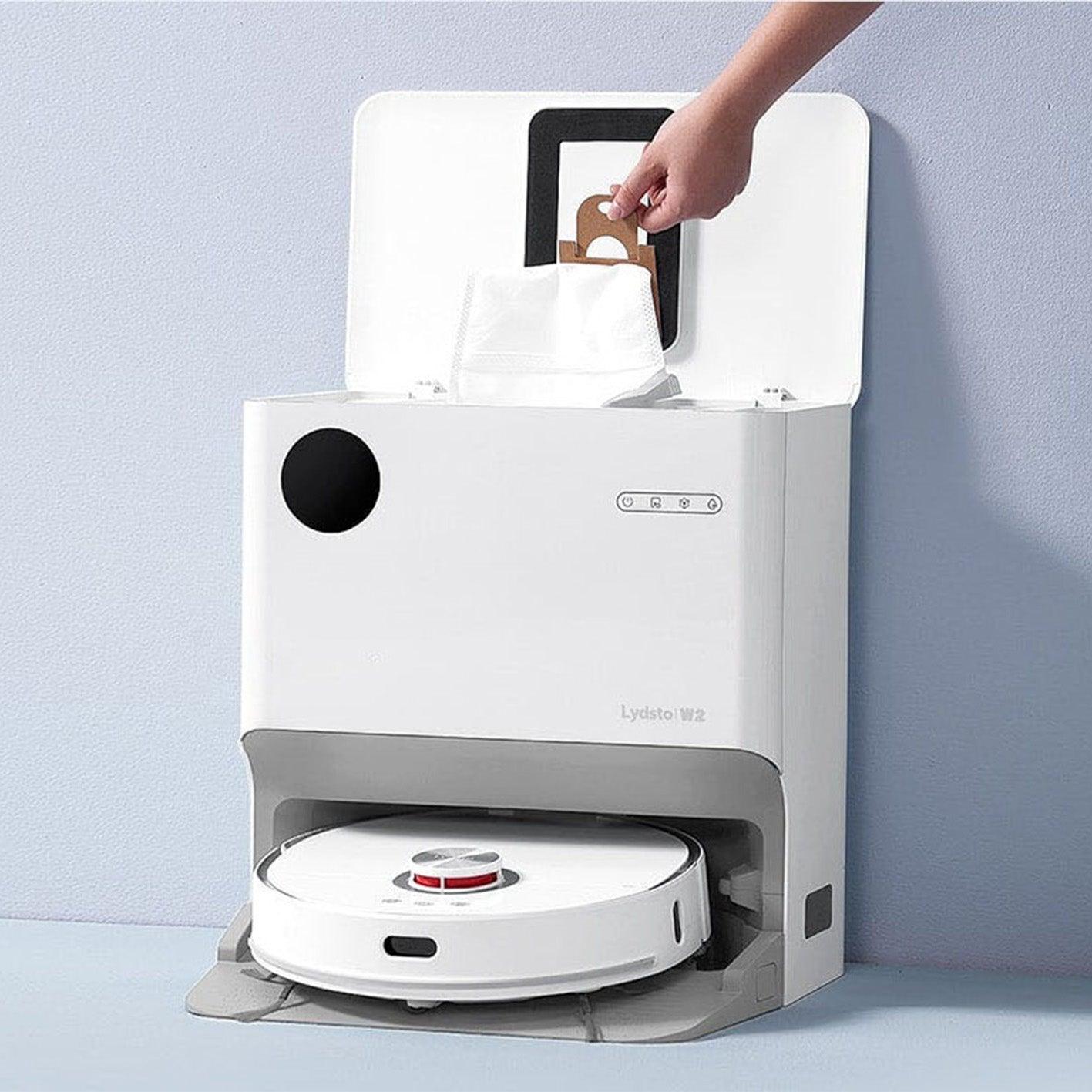






Leave a comment